I'm really excited about this week's IFB (Independent Fashion Bloggers) project, inviting us to talk about our favorite fashion decade. For me, the answer is easy. Well, it's easy if I can cheat a little and pick two: the '20s and the '60s. Strangely, I love both decades for the same reason. Allow me to explain.
Style changed drastically in both the '20s and '60s as the result of sexual revolution and a movement toward women's liberation. In both cases, hemlines rose and silhouettes became less constricting.
In the 1920s, the long-anticipated shunning of the corset was incredibly liberating for women. In practical terms, this new shape meant that women could work and play sports more easily. But, there was also a symbolic liberation. Without the hourglass shape to ooze sex appeal, hemlines were raised and legs (rather than a curvy silhouette) became the new symbol of sexiness.
Photo credit: wiki-land.wikispaces.com
Legs show a whole new kind of sex appeal, a liberated kind. You see, an hourglass is sexy because it represents fertility. A woman's bust-to-waist-to-hip ratio is actually a sign of high estrogen, which is why, evolutionarily, men find curves attractive.
So, an hourglass means a woman is sexy because she can reproduce. But legs . . . legs mean a woman is sexy because she is free. She can dance and move and run. The leg-bearing women of the 1920s were a whole new breed of woman: she was liberated, she finally had voter's rights, and, for the first time in history, she could be open about her sexuality as a means of pleasure, not just procreation.
So, an hourglass means a woman is sexy because she can reproduce. But legs . . . legs mean a woman is sexy because she is free. She can dance and move and run. The leg-bearing women of the 1920s were a whole new breed of woman: she was liberated, she finally had voter's rights, and, for the first time in history, she could be open about her sexuality as a means of pleasure, not just procreation.
Just look at the difference a few years made in a woman's silhouette. It's one of the most dramatic changes in fashion history, and it reflected a bigger and broader change in women's lives.
Photo credit: star-spangledheart.blogspot.com, debutanteclothing.com
Let's skip ahead to just after World War II, when fabric (once rationed) became plentiful again and Christian Dior introduced the famous "New Look" silhouette. Once again, the hourglass was the thing. Women were praised for being good stay-at-home wives and mothers, and that nipped-in waist was the perfect way to showcase their fertility.
But, in the 1960s a sexual revolution caused silhouettes to change in precisely the same way they had in the '20s, with hemlines rising and legs quite literally stepping in to replace the gap left by the hourglass silhouette. Just look at the difference between Dior's "New Look" and the mod silhouette of the next decade.
Photo credit: superaffiliatelab.com, felicitiesshowroom.blogspot.com
It should be noted that I have nothing against the hourglass shape. I actually love almost every silhouette and every decade of twentieth-century fashion. But, what I really love is that fashion never stagnates. The changes are necessary. That's the evolution in "Fashion is Evolution."
Still, I do find myself more drawn to the flapper look and the mod look of the mid 1960s more than anything else.
In my own wardrobe, I like to mix my vintage taste with modern sensibilities to keep everything fresh. My love of the 1920s usually manifests itself in cloches, t-strap shoes, vintage swing coats, and long strands of knotted pearls.
My love of the 1960s usually manifests itself in a-line mini skirts and mini dresses worn with knee-high boots or clunky heels. In fact, a mini dress with black opaque tights and knee-high boots was my go-to uniform for a night out all through high school and college. At the time, my obsession with Edie Sedgwick was bordering on unhealthy
So, there's the story of my love for the 1920s and the 1960s, and of the remarkable similarities between the two time periods.
By the way, in case you doubt the extent of my Edie Sedgwick obsession, here's a tribute photo shoot I did one Halloween when I dressed up as her:
And the original:
Photo credit: Andy Warhol






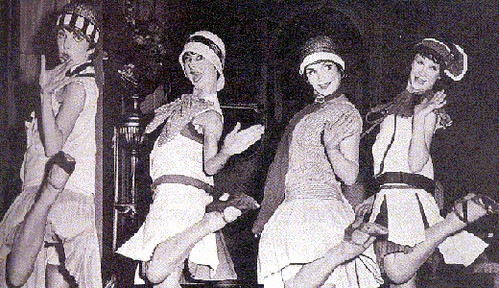


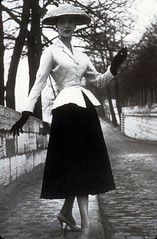
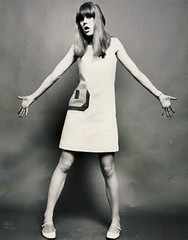



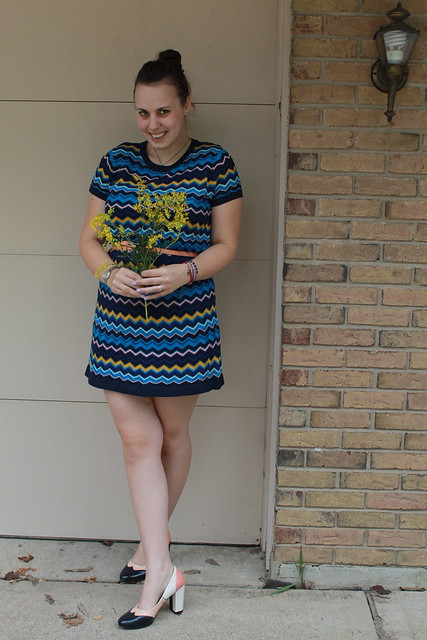

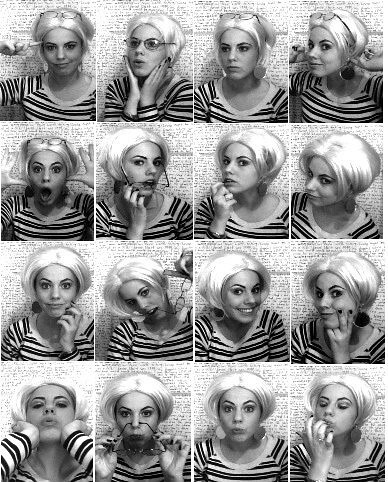



Great post and really interesting!
ReplyDeleteJade
http://91peachykeen.blogspot.com
saw you on IFB. I love me some Edie ^_^
ReplyDeleteCute outfits, girl :)
@Isabella | THE PILE OF STYLE
ReplyDeleteThanks so much. It means a lot.
@Peachy Keen
ReplyDeleteThanks, lovely
@Stephanie Ayu
ReplyDeleteThank you. Isn't IFB the best?